The writing is now on the wall, and I don’t intend it to come from copywriters but rather from machines. Artificial intelligence (AI) content generators have been around for a while to generate ai art, but they’re becoming more and more common as small and medium-sized enterprises try to scale content production and compete with bigger businesses with image generation.
If you’ve ever thought, “How can I convert my text into JPG format? We’ve made things simple for you, so that’s good. Using the free text-to-image online tool, you can edit, add color, alter the background, and give your text more life.
With the help of this online text-to-image maker, you can easily convey your written meaning in a visual format. With the use of this program, users can quickly turn symbols and text into images. When utilizing the text photo maker, the text will appear in the final image with excellent resolution and clarity.
Simply type the text in the box below or paste it from the clipboard, then modify the font’s size, color, background, and zoom level. The JPG format image can then be downloaded. It’s that easy!

While some, like Fraser, are developing their own proprietary AI software, others, like the Generative Pre-Trained Transformer, or GPT-3, employ deep machine learning as an OpenAI tool (which businesses like Jasper AI have found great success with).
Understanding How Google Views AI Text-To-Image Generator

John Mueller, Google’s Search Advocate, claims that automatically generated content authored by AI technologies is considered SPAM and, if discovered, may result in a human penalty.
The webspam team at Google would be permitted to act in such circumstances. Uncertainty persists regarding Google’s capacity to identify AI-written content on its own.

For years, several businesses have used AI text-to-image generators to successfully overcome literacy and language challenges. Google, however, does not take into account how the content is used, and at the moment, publishing AI-generated content in any form is against the webmaster standards. So, before employing software to create your web pages, keep this in mind.
Pros of Using Text-To-Image Tool/ Image Generation Tool
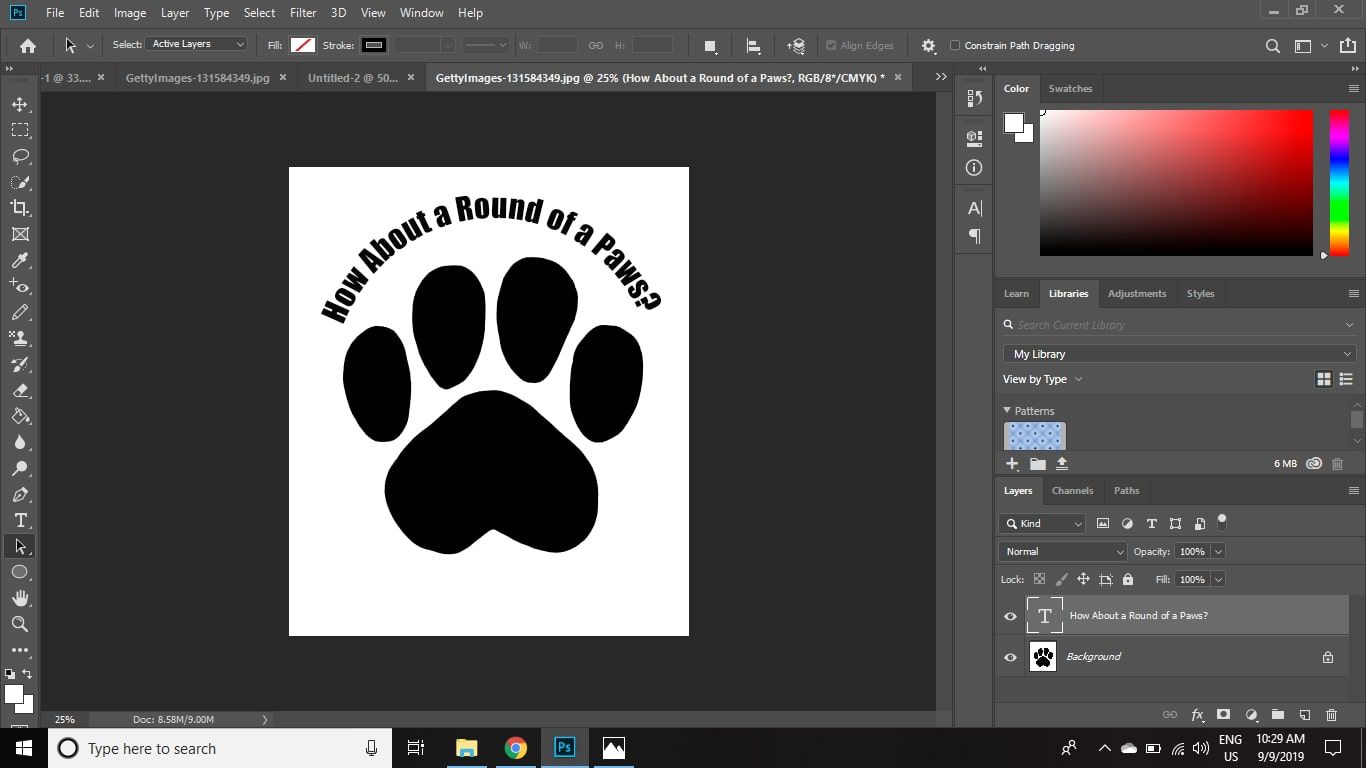
Using an AI text-to-image generator doesn’t necessarily mean you’re doing it incorrectly. As was already indicated, there are situations in which deploying AI-generated textual material might enhance the user experience.
The only thing that can change is how you employ the available resources. One advantageous use case may be to combine the talents of human writers and AI image creators to improve the caliber and originality of content.
Minimize Plagiarism and Bias of AI-generated images
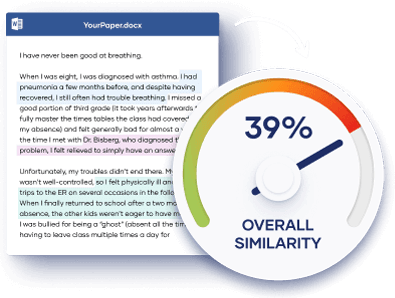
The beautiful thing about machine learning is that it does exactly what it says on the tin: it learns from the data it is given and refines its actions over time.
To produce millions of websites, articles, novels, and other types of material in the required styles and outputs, AI content generator techniques have been utilized (which is a double-edged sword but can be helpful).
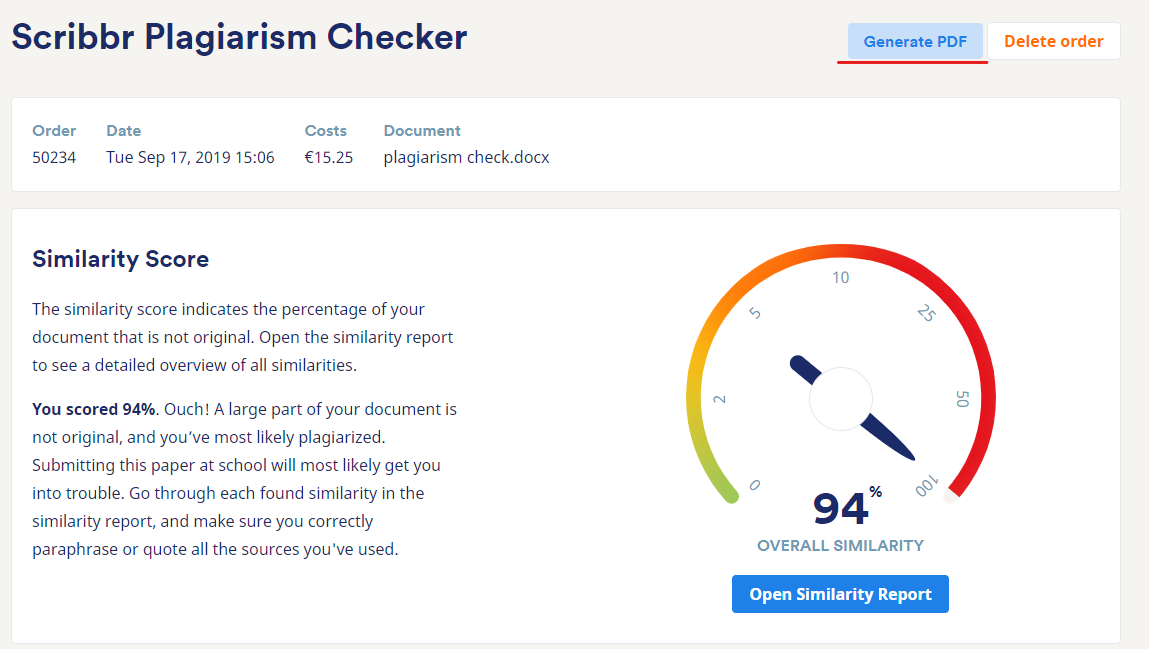
Additionally, it can catch plagiarism in writing and grammatical mistakes in published work that a tired or preoccupied human eye could have overlooked.
Drastically Increases Content Volume

Text-to-image generator creates multiple images with different artistic styles. This text-to-image art generator can create multiple images through text prompts or using keywords to create artwork or photorealistic images. You can benefit from an unending array of suggestions and possibilities with keywords and other copy options based on the needs of your business because machines don’t have writer’s block or become tired.
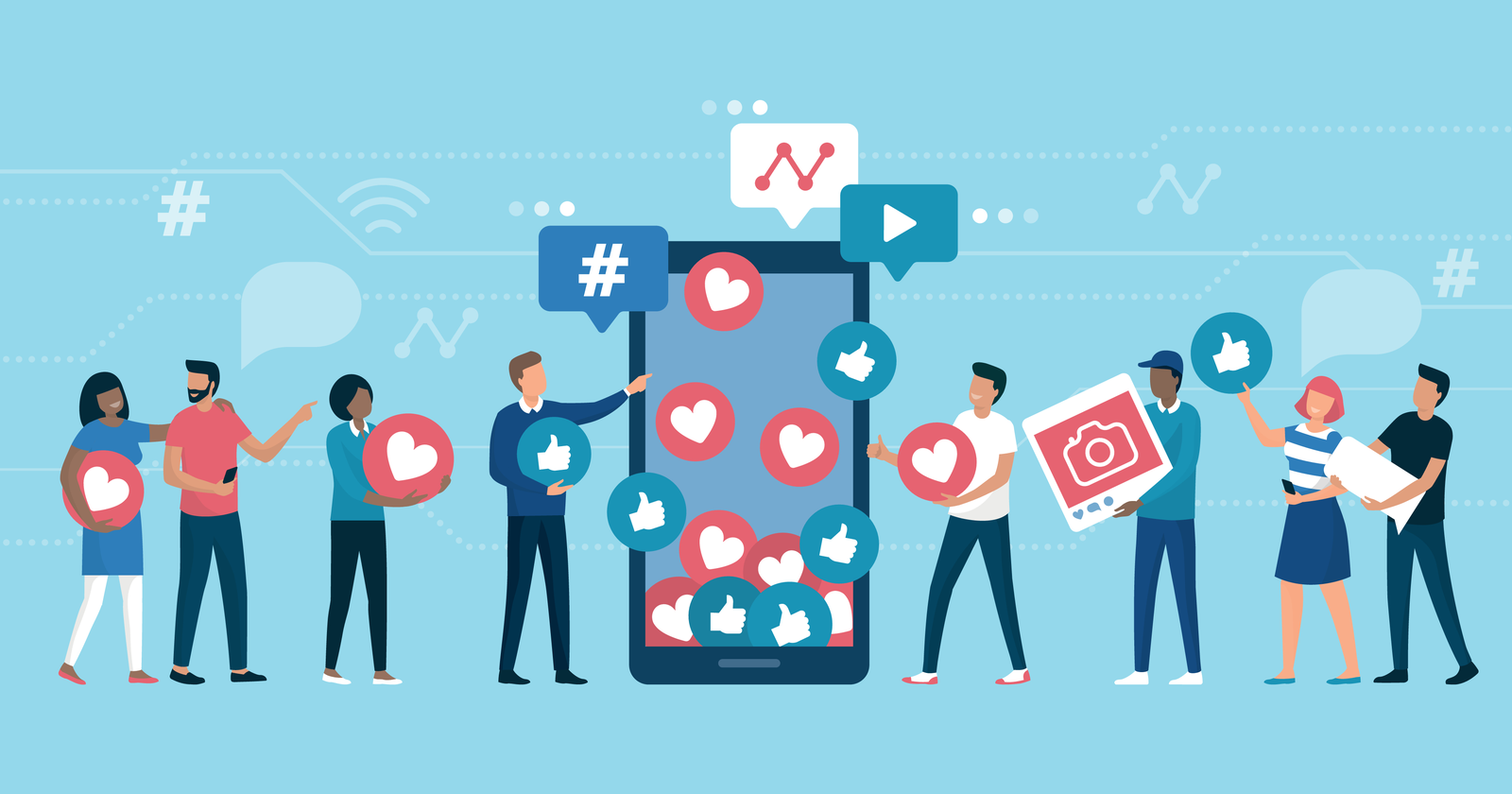
Content generators may produce this content rapidly and effectively if you have a set template or formula you follow, such as a “Friday feature roundup.
Research Automation

The Washington Post and the Associated Press both employ AI to create articles. As of 2016, WaPo’s Heliograph was used to write hundreds of pieces, and APs were utilized as early as 2014.

Reducing the time needed for the preliminary phases of article planning can be accomplished by utilizing AI to gather information and research from the internet.
Document Security

Data security is the key justification for employing an image-to-text converter because paper documents aren’t really secure, as we all know. An example is when image generators create images that have a lot of tools like adjusting the image quality, free credits, and guarantee unique creations.
The documents in hard form can be used by anyone, thus converting the documents to soft form with a text-to-image converter can be a great option.

Some gadgets come with built-in text-to-image converters, like the one found in iOS 15 Apple. With the iPhone’s live text OCR, you can transform photos into text. This aids in data recovery because you can print the document once more if you lose it Simply convert each document or select different styles, then save them to a disk or other storage medium.
Cost-effective

You need a team to manage your documents if you are handling them manually. However, all you need to convert an image to text is a smart device, like a smartphone or tablet.

This free text-to-image generator tool will turn the image text from your document into editable text when you take a clear photo of it.
Cons of Using Text To Image Tool
I don’t want to imply that AI generator content is some sort of “ultimate hack” that will completely solve all of your issues without having any negative effects. Before you use a writing bot to create all of your content, take into account these cons:
Lacks Pathos

Because humans identify with emotional language and storytelling, it is very challenging to imitate writing. While an AI text-to-image generator can undoubtedly exploit patterns and produce logically sound writing, it will be clear to anyone that it lacks that intangible human quality.

Consider the memes that say, “I made a bot watch over a thousand hours of Olive Garden ads, then I asked it to create an Olive Garden commercial on its own.” Although you’ll produce a lot of material, your target audiences will probably perceive it as unauthentic.
One-Dimensional Ideas

That “Aha” moment cannot be produced for you by an AI text-to-image generator. Even though it’s a great tool, machines aren’t currently coming up with concepts for your upcoming social media campaign.
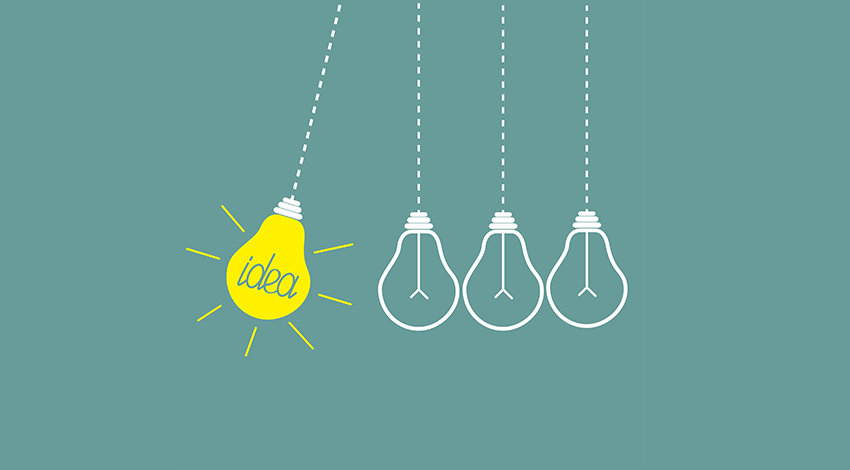
Expecting an AI to “Steve Jobs” your business is unrealistic; but it can propose blog titles based on SEO statistics and inspire those in need of inspiration (not anytime soon, anyway).
Still Requires Human Intervention

You can encounter some risks if your content isn’t reviewed. It’s imperative to hire a human writer who understands the subtleties involved in crafting material for a particular audience (especially if you work in a specialized field or sector).

The possibility that insensitive or poorly written content, produced solely using formulas and patterns without taking into account current events, could put you in a difficult situation still exists.
Weigh Your Options With AI Text-To-Image Generators
It’s fair to assume that adopting AI for text-to-image development has benefited numerous businesses. That said, there isn’t anything (yet) that can take the place of an experienced copywriter’s knowledge and emotional intelligence.
I admit that I have some bias on this issue, but if the Google algorithm has taught us anything as marketers, it is that it favors content that puts the needs of the end user first. So put all the technical aspects of SEO aside and concentrate on creating content that speaks to and solves the problems of your target audience(s). The rest will happen in due course.
Conclusion
There are plenty of pictures you can use legally for your projects. You should now have a better understanding of which image file types and formats to employ when and where to get the greatest results.
For photographs and pictures, raster formats work best, although vectors are a terrific alternative for logos, icons, and digital graphics.
Not only may using the appropriate image file formats for the job speed up page load times, but it can also save bandwidth usage and server burden. Your entire user experience will thereafter be much enhanced as a result.
FAQ
What is the Text-to-Image Tool?
The Text to Image tool allows you to add text to an image or image file.
What are the advantages of using this tool?
The tool has the ability to convert text into a photo. The text can be converted into a photo manually or automatically. It is a good way to save time when creating presentations and other documents.
What is the Text To Image Tool?
The Text to Image Tool allows users to input text and creates a corresponding image that contains the text.
Can I use more than one sentence?
Yes, you can input more than one sentence by using the Enter key.
What does the Text to Image Tool do?
The Text to Image Tool creates a corresponding image to the text that was inputted. The user can change the text color and background color of the image.






